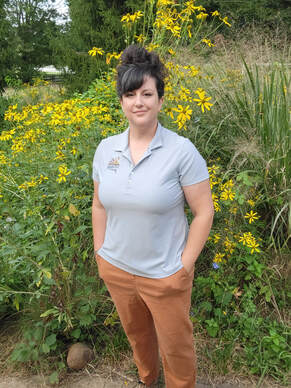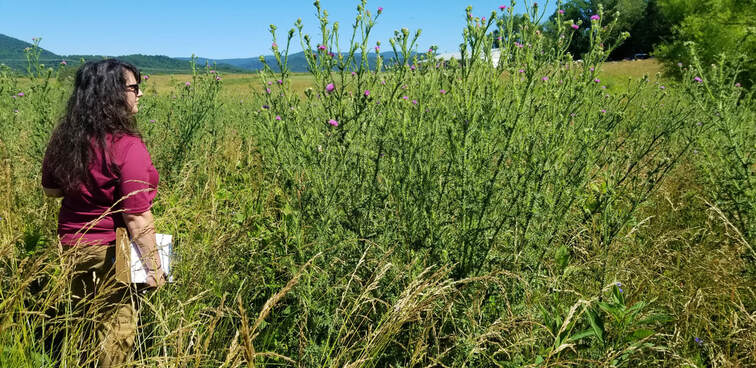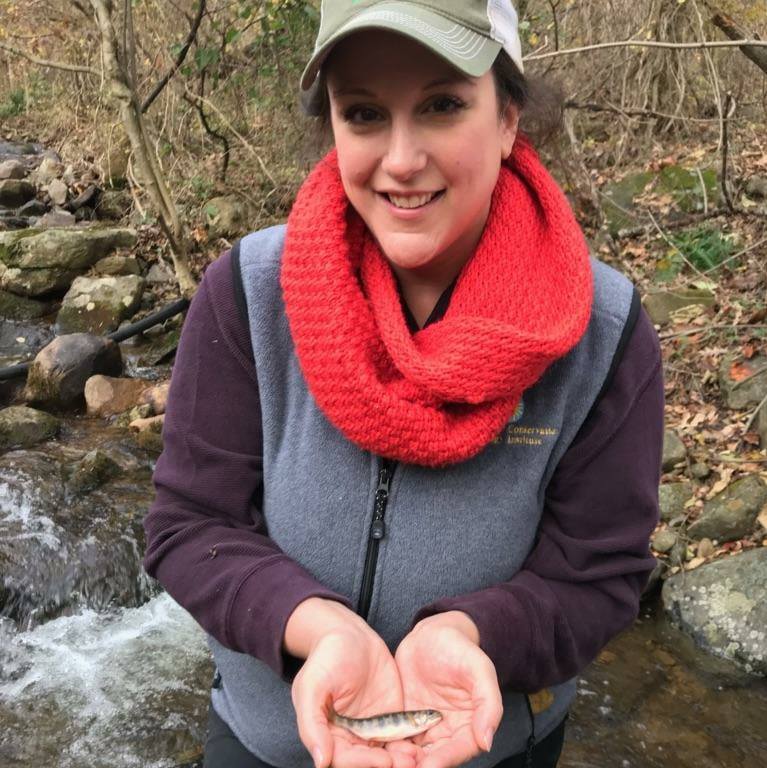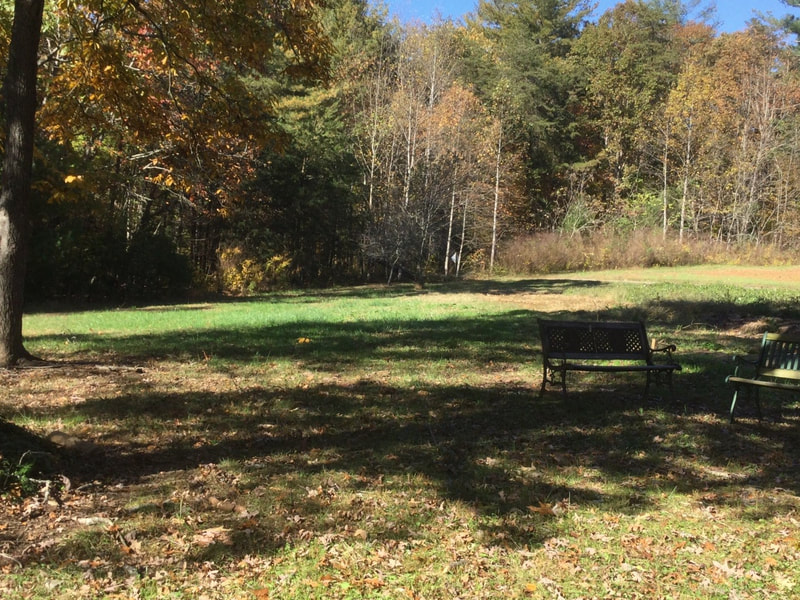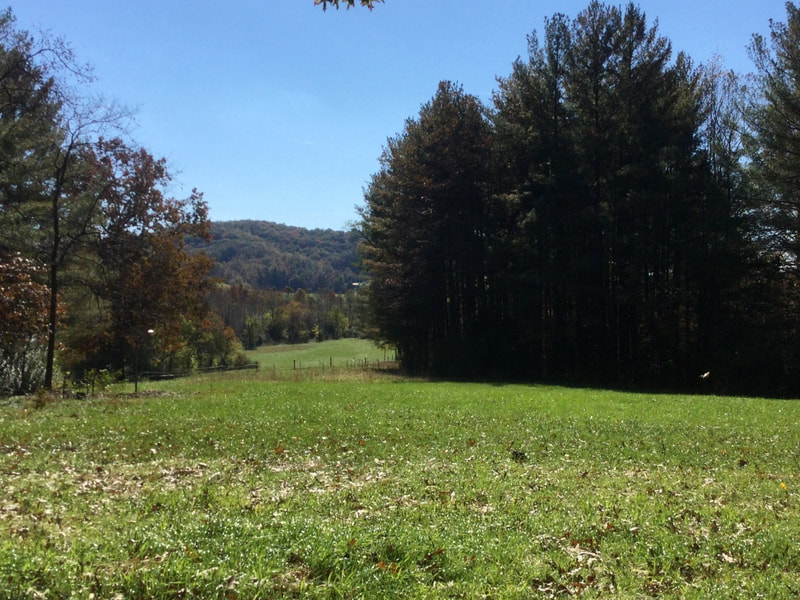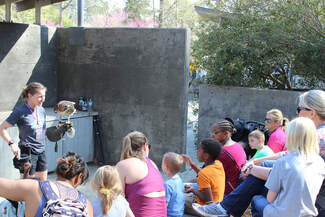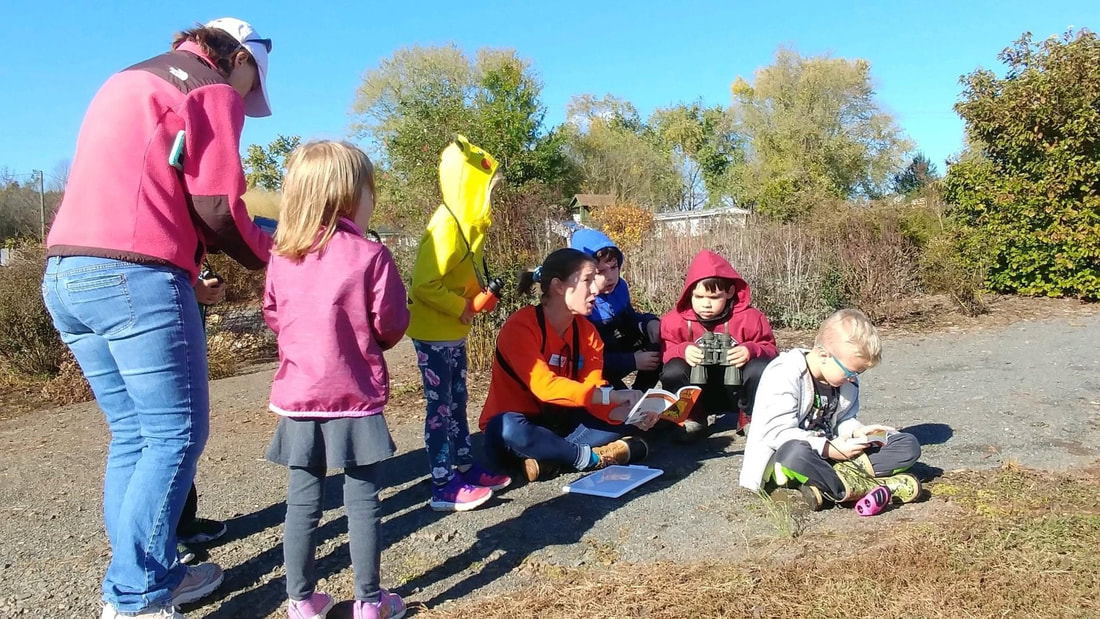Celia Vuocolo
How does your current job as a Private Lands Biologist with Quail Forever contribute to restoring natural habitat in Virginia?
“I am one of six Private Land Biologists in Virginia,” Celia explained. The six biologists are employed by a group of organizations dedicated to improving and restoring natural habitat. Celia’s supporting organizations include:
How does your current job as a Private Lands Biologist with Quail Forever contribute to restoring natural habitat in Virginia?
“I am one of six Private Land Biologists in Virginia,” Celia explained. The six biologists are employed by a group of organizations dedicated to improving and restoring natural habitat. Celia’s supporting organizations include:
- Quail Forever, a division of Pheasants Forever, is a national nonprofit dedicated to the conservation of upland habitat.
- Natural Resources Conservation Service (NRCS) works with farmers and landowners to support climate-smart agriculture, wildlife habitat, water quality and soil health by administering technical advice and cost-share programs funded by the Farm Bill.
- Virginia Department of Wildlife Resources (DWR) maintains Wildlife Management Areas for a variety of outdoor recreational opportunities and is the state’s wildlife agency.
Describe what you do on your property to support a healthy ecosystem.
Celia lives with her husband, two children, two dogs and three chickens in Fauquier County. “I practice what I preach on our land,” she said. On their 2-1/2 acres, they are gradually reducing the amount of mowed grass and replacing it with native plants. “There is about 1/8 acre that is a natural wetland area, which the former owner used to try and mow once or twice a year,” Celia explained. “We have stopped mowing this spot and planted it in natives that like ‘wet feet’, including elderberry, hazelnut, and other native shrubs.” She is currently working on a wildflower “strip” along her front fence targeting bumblebees. “Many bumblebees are at risk from a number of threats,” she noted. “The US Fish and Wildlife Service is considering designating the American bumblebee (Bombus pensylvanicus) as endangered, so our wildflower strip could support an endangered bee.” Plants for the strip will include wild bergamot (Monarda fistulosa), mountain mint (Pycnanthemum spp.), goldenrod (Solidago spp.), asters (Symphyotrichum spp.), anise hyssop (Agastache foeniculum), Culver’s root (Veronicastrum virginicum) and beardtongue (Penstemon digitalis). She covered the strip with a dark tarp for almost a year and plans to plant next spring. “I hope to get it as self-sustaining as possible - but I know I will always be pulling out stilt grass.”
What is the most amazing thing you have experienced in nature?
Celia said this question was a tough one as she has had so many experiences that have blown her away. “But I have to say the one that immediately came to mind was the first time I encountered a black bear in the wild,” she exclaimed. “This was ten years ago while I was still in college. I was working for a forester in New Jersey, up in Sussex county which is practically in New York state. I was writing on my clipboard in the middle of the woods and I hear this ‘HUFF’, and I turned around and there he was, sitting at the base of a tree about ten feet from me. Remembering that bear’s have poor eyesight, I picked up a branch and held it over my head to make myself look bigger,” she said, “and thankfully the bear jumped up in a flash and left the area.” She found it both magnificent and terrifying. “That is often how you feel when you experience something amazing in nature,” she noted.
Celia lives with her husband, two children, two dogs and three chickens in Fauquier County. “I practice what I preach on our land,” she said. On their 2-1/2 acres, they are gradually reducing the amount of mowed grass and replacing it with native plants. “There is about 1/8 acre that is a natural wetland area, which the former owner used to try and mow once or twice a year,” Celia explained. “We have stopped mowing this spot and planted it in natives that like ‘wet feet’, including elderberry, hazelnut, and other native shrubs.” She is currently working on a wildflower “strip” along her front fence targeting bumblebees. “Many bumblebees are at risk from a number of threats,” she noted. “The US Fish and Wildlife Service is considering designating the American bumblebee (Bombus pensylvanicus) as endangered, so our wildflower strip could support an endangered bee.” Plants for the strip will include wild bergamot (Monarda fistulosa), mountain mint (Pycnanthemum spp.), goldenrod (Solidago spp.), asters (Symphyotrichum spp.), anise hyssop (Agastache foeniculum), Culver’s root (Veronicastrum virginicum) and beardtongue (Penstemon digitalis). She covered the strip with a dark tarp for almost a year and plans to plant next spring. “I hope to get it as self-sustaining as possible - but I know I will always be pulling out stilt grass.”
What is the most amazing thing you have experienced in nature?
Celia said this question was a tough one as she has had so many experiences that have blown her away. “But I have to say the one that immediately came to mind was the first time I encountered a black bear in the wild,” she exclaimed. “This was ten years ago while I was still in college. I was working for a forester in New Jersey, up in Sussex county which is practically in New York state. I was writing on my clipboard in the middle of the woods and I hear this ‘HUFF’, and I turned around and there he was, sitting at the base of a tree about ten feet from me. Remembering that bear’s have poor eyesight, I picked up a branch and held it over my head to make myself look bigger,” she said, “and thankfully the bear jumped up in a flash and left the area.” She found it both magnificent and terrifying. “That is often how you feel when you experience something amazing in nature,” she noted.
When and how did you become interested in nature and the natural world?
Celia Vuocolo grew up on a 172-acre family farm in New Jersey. “I was surrounded by nature every day,” she explained. “I became used to the natural rhythms of the earth and developed a passion to pursue a career helping to maintain our natural environment while working with private landowners.” While her family had a few sheep that grazed the land, 90% of their property was forested. They regularly did selective harvesting but noticed the steady increase in white-tailed deer, especially in the 1990s, “We could look out towards the edge of the yard and clearly see the deer browse line,” she noted. “The rapidly expanding deer population continues to be a significant challenge to land management in New Jersey, which is the most densely populated state in the country. “The urban landscape of New Jersey limits the use of hunting as a population control strategy.”
Celia met her husband, who is also from New Jersey, while they both served as county park rangers. When he accepted a job with Prince William County as a firefighter, she started to consider her next career move. She landed a job as the Habitat Assistant with the Piedmont Environmental Council and then moved on to a Smithsonian Graduate Fellowship with Virginia Working Landscapes. Celia then returned to PEC in 2015 as the Wildlife Habitat & Stewardship Specialist before joining Quail Forever in April of 2021.
Ann and Bruce Bowman
Ann and Bruce Bowman have been Master Naturalists since 2013, graduating as members of Old Rag chapter’s Class 6. They responded to our interview questions in their own words, below.
When and why did you become interested in nature and the natural world?
How long have you lived in Virginia? If not a lifelong resident, where did you grow up/come from?
What is the most amazing thing you have experienced in nature?
Describe what you do on your own property (house, farm, woods, etc.) to support a healthy ecosystem.
Tell us about the projects for which you have volunteered and what you would share about those projects with other ORMN members.
Interviewed by Charlene Uhl October 2021
Photographs of Bowman property in fall courtesy of Ann and Bruce Bowman
Ann and Bruce Bowman have been Master Naturalists since 2013, graduating as members of Old Rag chapter’s Class 6. They responded to our interview questions in their own words, below.
When and why did you become interested in nature and the natural world?
- : I have been a lifelong hunter and have always been curious about the interplay between fauna and flora. Studying forestry and wildlife at VT exposed me to all I really didn’t know. Teaching high school students about tree ID and growing plants in the greenhouse with them made me realize what a natural curiosity about the out of doors young people have.
- : As my own children grew up, we realized it was much more fun for all of us to be outside and playing in the dirt than in the house. Having the Rapidan River on our farm was a magnet for all kids, so studying the bugs (macroinvertebrates) was just a natural progression.
How long have you lived in Virginia? If not a lifelong resident, where did you grow up/come from?
- : Ann and I are residents of Virginia. I am from Oakton in Northern Virginia and Ann is from The Plains. Our farm is in northern Madison County.
What is the most amazing thing you have experienced in nature?
- : Watching brook trout feed in the Tongue River in the Big Horn Mountains of Wyoming while a mule deer was watching me.
- : Every time I go outdoors I am amazed. For example, having hummingbirds buzz me because I am late with their sugar water.
Describe what you do on your own property (house, farm, woods, etc.) to support a healthy ecosystem.
- : Owning a hundred acres with Rapidan River and Garth Run as our borders has allowed us to plant and maintain game plots, harvest and process excess deer, limit hunting, and monitor the Rapidan River for macroinvertebrates. We also maintain an active forest management plan that includes harvesting trees as necessary, including patch cutting to encourage wildlife diversity.
- : We grow a big garden, using cover crops for green manure. We have also fenced off livestock from woodland and water ways as well as prevented development through a conservation easement of our land.
Tell us about the projects for which you have volunteered and what you would share about those projects with other ORMN members.
- : We have volunteered for the CSWCD Environthon, led Woods Walk at Montpelier, participated in VDWR birding and wildlife trail monitoring, and stream monitoring. Both of us have volunteered in Administrative positions as well as the project work mentioned.
Interviewed by Charlene Uhl October 2021
Photographs of Bowman property in fall courtesy of Ann and Bruce Bowman

